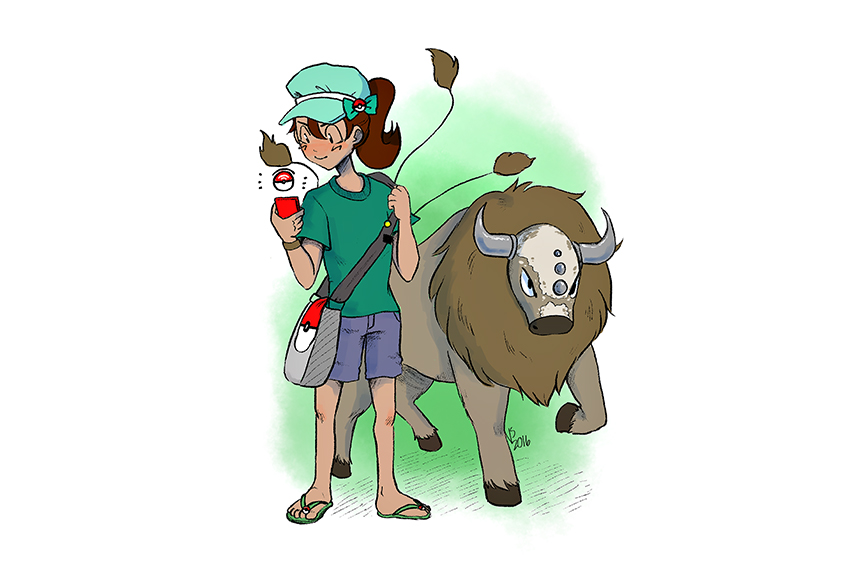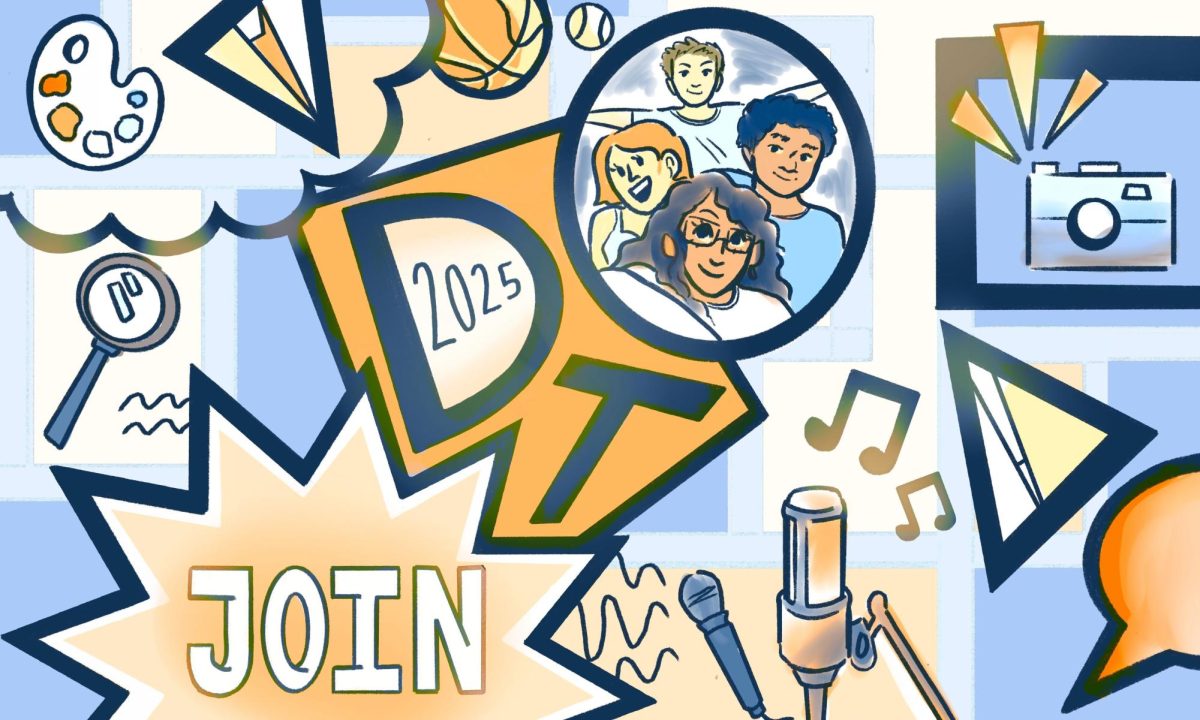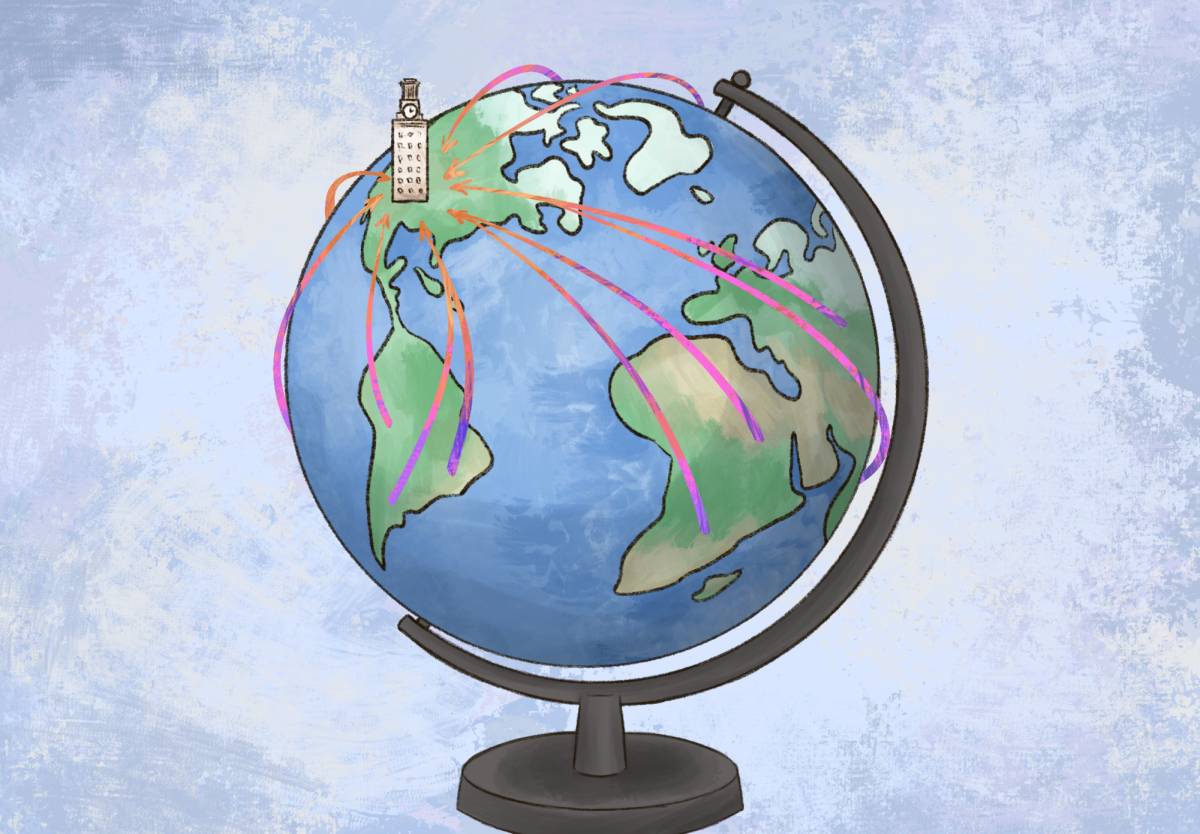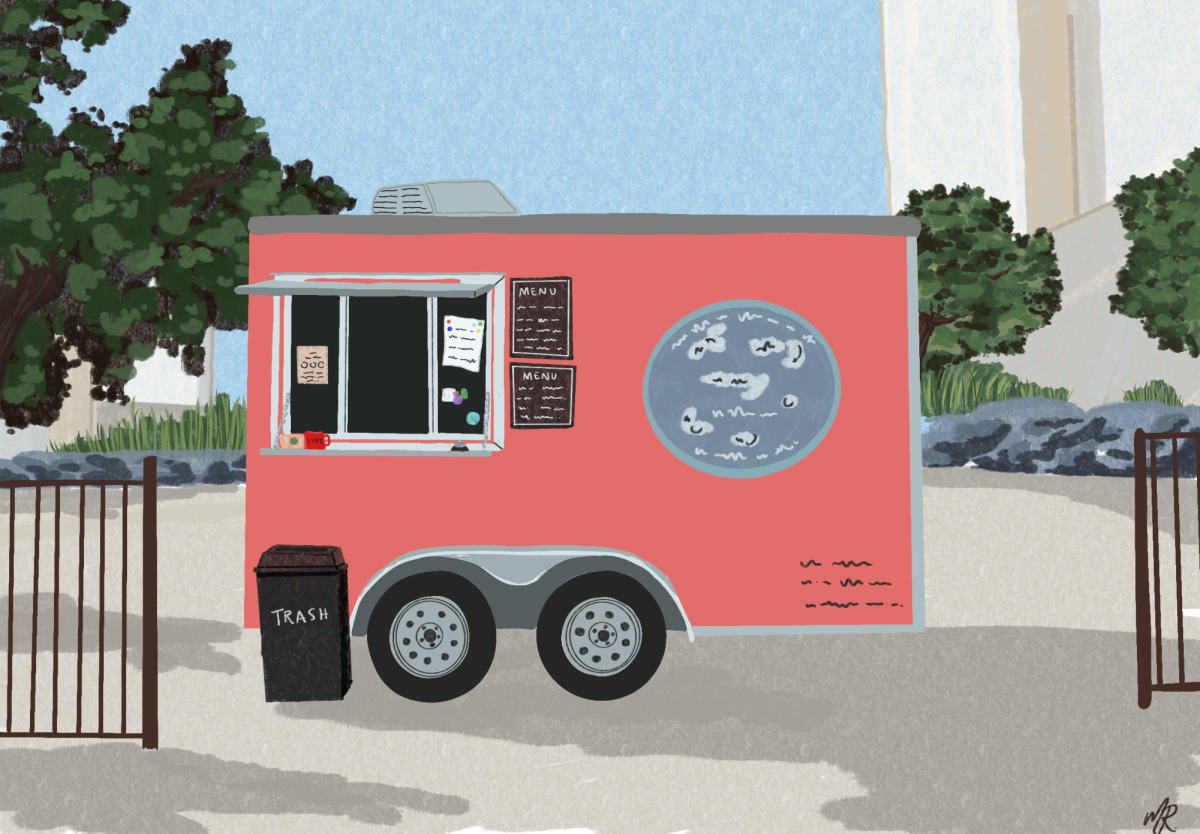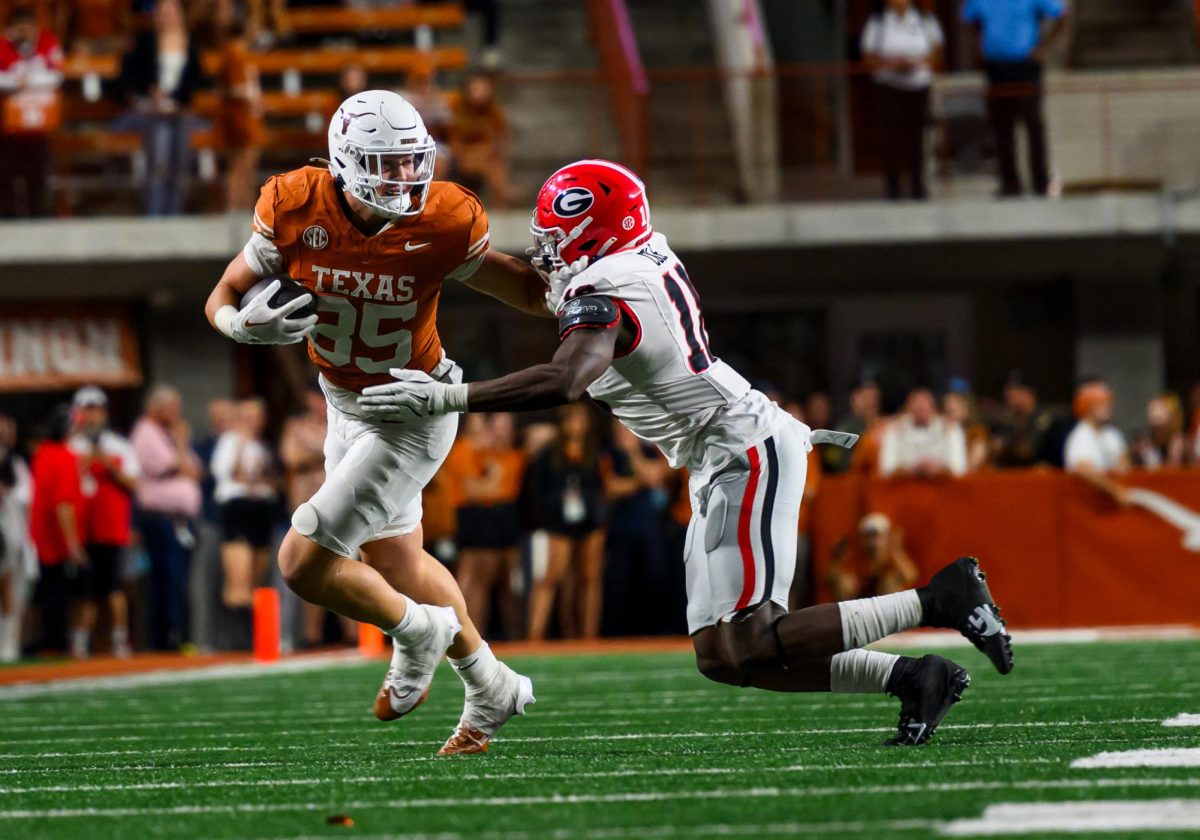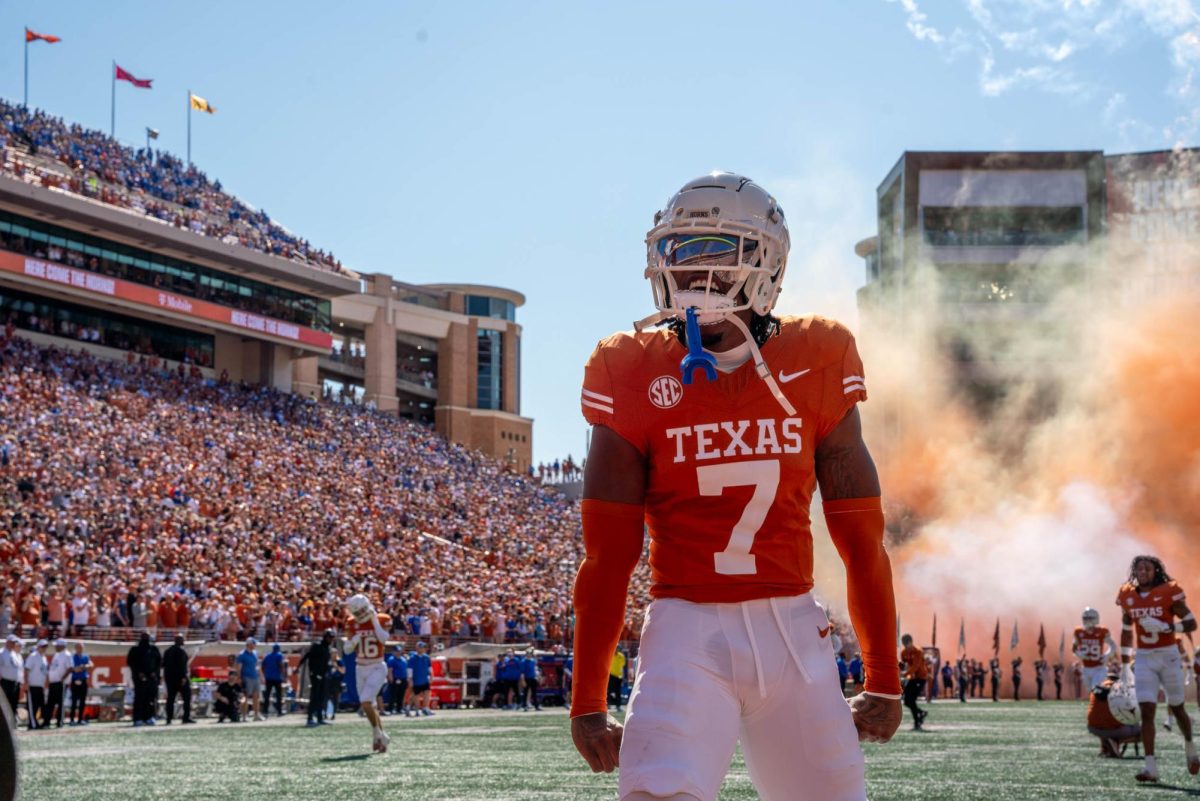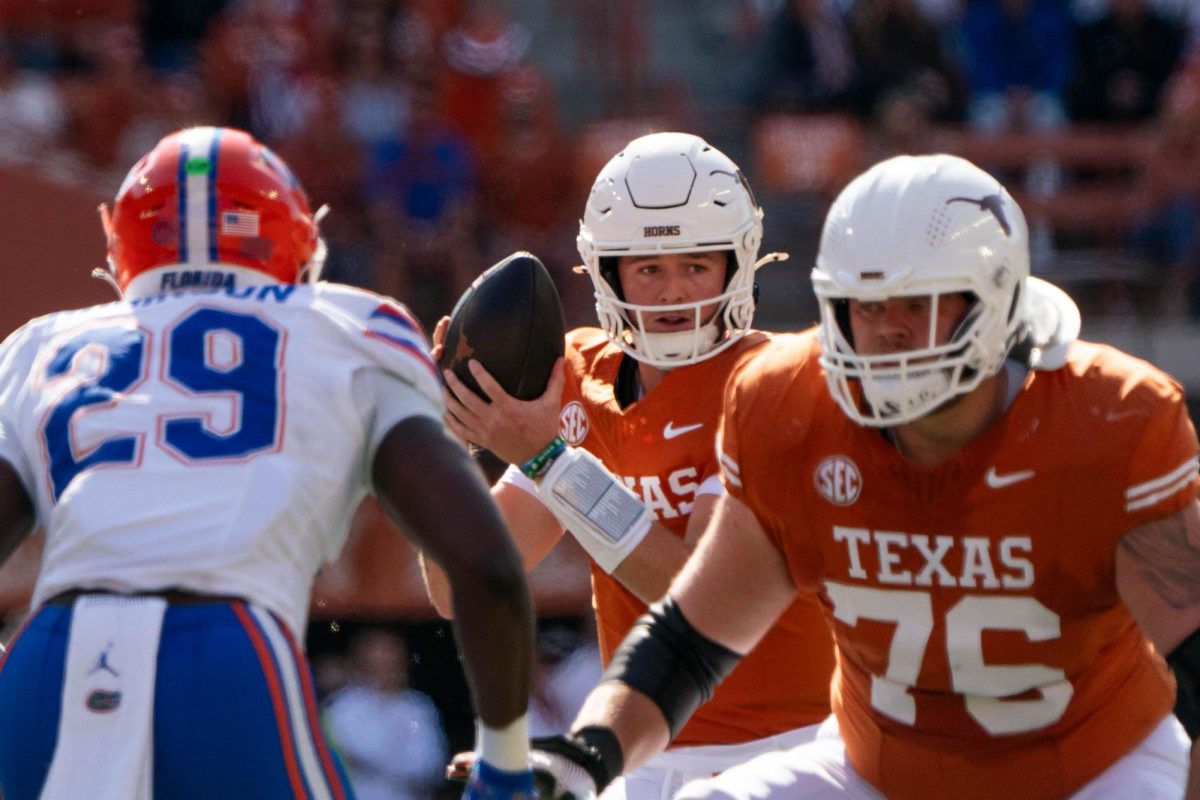Why is everyone shuffling around West Campus furiously swiping at their phones and bragging about their Jigglypuff? They’re playing Pokemon Go and anyone not playing is missing out on entertainment and exercise.
Pokemon Go is an augmented reality game that doubles as an exercise app that is taking over the world. You can catch Pokemon as they appear in the park, the local H-E-B or the Tower. The goal is to catch Pokemon and keep them for your personal collection. Your personal Pokemon are then used to overtake local gyms in a system similar to capture the flag.
The game tells players how far Pokemon are from their location, but not the direction. A player could be at home and realize that a Pikachu is “three steps away.” This means the player must walk close to a kilometer radius of their location to find Pikachu.
Surprisingly or not so, the big question players have been asking is, “How far is 10 kilometers?”. It’s the longest distance players need to go to hatch eggs, which help players obtain rare Pokemon. Americans are walking with the game and learning the universal metric system.
While the game has been effective at acquiring players, it is also engaging players while they unintentionally exercise. The game tracks how many kilometers the player walks that day while playing the game. It also limits players from driving to catch Pokemon by not counting mileage that is performed over a certain speed. The more miles the players rack up, the more eggs they can hatch and the more powerful their Pokemon become.
Abbey Moore, an MPA student, walked major distances despite having six hours of class each day.
“I have walked up to two miles for a single Pokemon,” Moore said, “and my daily total distance walked is 18.2 kilometers.” This distance was obtained in between her six hour class days.
This simple game has sent everyone into a walking frenzy. 2016 UT graduate Andrew Vuong hiked eight miles in one morning. Vuong had never hiked before, but was in hopes of catching unique Pokemon that other players wouldn’t have. Several Daily Texan staffers have even gone on runs just to catch some Pokemon. Given that players are now in 100-plus degree weather, this is serious commitment to the game.
The American Heart Association recommends 10,000 steps a day to maximize heart health. These 10,000 steps a day have been known to reduce blood pressure and glucose levels in overweight patients. This 10,000 steps a day is equivalent to about 7.6 kilometers. The average Pokemon Go players is already halfway to this daily goal by just playing Pokemon Go with just under 6,000 steps.
Pokemon Go is helping players burn some serious calories. The average person burns 57 calories walking a 19-minute kilometer. And this pace is rather slow for a Pokemon player trying to find a Bulbasaur. But Pokemon Go has caused a few injuries to players who were too focused on their Pokemon and not bumps in the sidewalks.
The game is so effective at allowing players to forget that they’re exercising that players are finding themselves in precarious situations. One player, in Flower Mound, Texas, was bitten by a poisonous snake during his search for Pokemon. A 15-year-old player was shot and killed when he was trespassing when he discovered a rare Pokemon on the premises. Two men fell off a 50-foot cliff playing the game. Three players, who were a little more aware of their surroundings, found a dead body during their trek.
Researchers suggest relaxation and exercise to college students as ways to de-stress their lives. Pokemon Go is allowing for exercise with the distraction of the game to keep players moving, but players need to be aware of their surroundings. So trainers, go on your hike, but don’t forget to look up every so often. No Pokemon is worth a hospital visit.
Mayfield is an MIS junior from Tyler.
Correction: An earlier version of this article claimed that a 15-year-old had been shot and killed while trespassing. That report has since been proved false.

